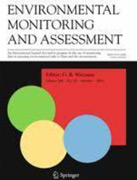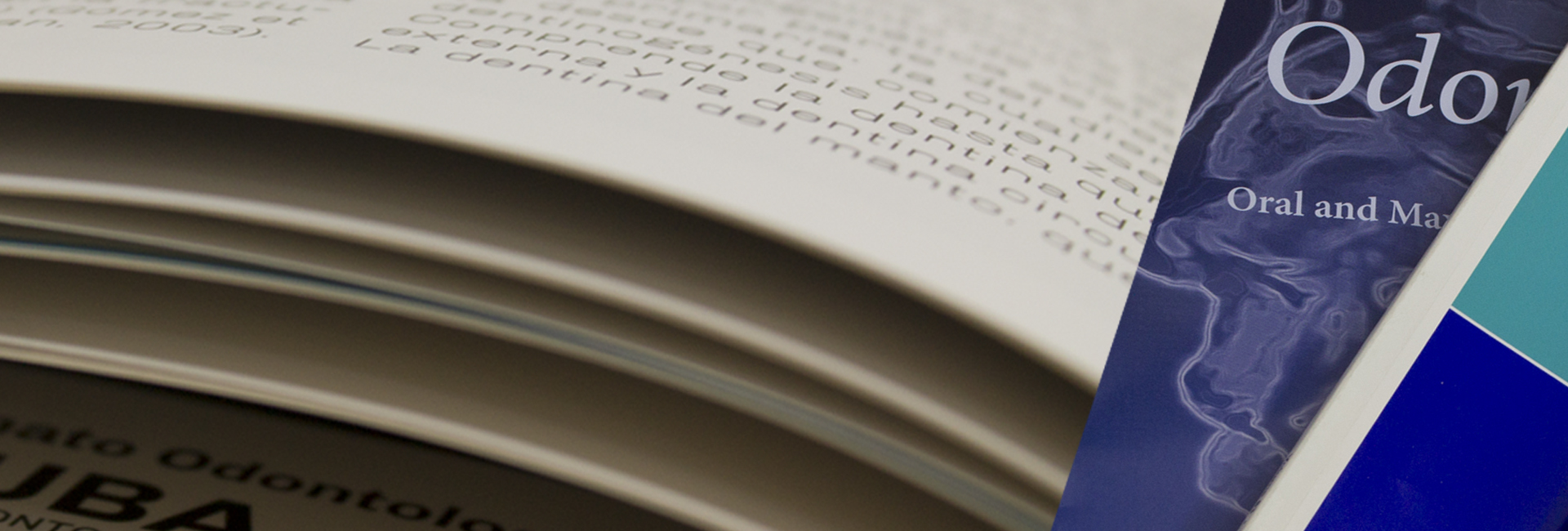
Fluoride concentration in teas derived from Camellia Sinensis produced in Argentina
Share:


Fecha de Publicación: 17 de Agosto 2022

ENVIRONMENTAL MONITORING AND ASSESSMENT. Ed. SPRINGER (Alemania) Vol. 194 Nº 10, Pag. 682
To evaluate the fluoride concentration and pH of tea derived from Camellia sinensis produced and commercialized in Argentina. Forty-eight varieties of tea (black (n = 16), green (n = 21), red (n = 7), and white (n = 4)) commercialized in the form of leaves or tea bags were acquired. One bag or 2.0 ± 0.05 g of each product was infused for 5 min in 200 mL of distilled boiled water. The F− concentration was determined using an ion-selective electrode and pH was measured using a pH meter. The found fluoride concentrations ranged from 0.1 to 9.7 µg/ mL and the pH ranged from 2.7 to 5.1. A higher fluoride concentration was observed in the leaves group (2.75 ± 2.65 µg/mL) compared to tea bags (1.10 ± 0.82 µg/mL) (p < 0.05). Regarding the type of tea, green and black tea were richer in F− than red and white tea. Fluoride and pH appeared not to be correlated (Pearson test). All the studied tea samples presented fluoride concentrations greater than the threshold recommended for drinking water. The pH proved to be low, which could be a risk for erosive tooth wear.
